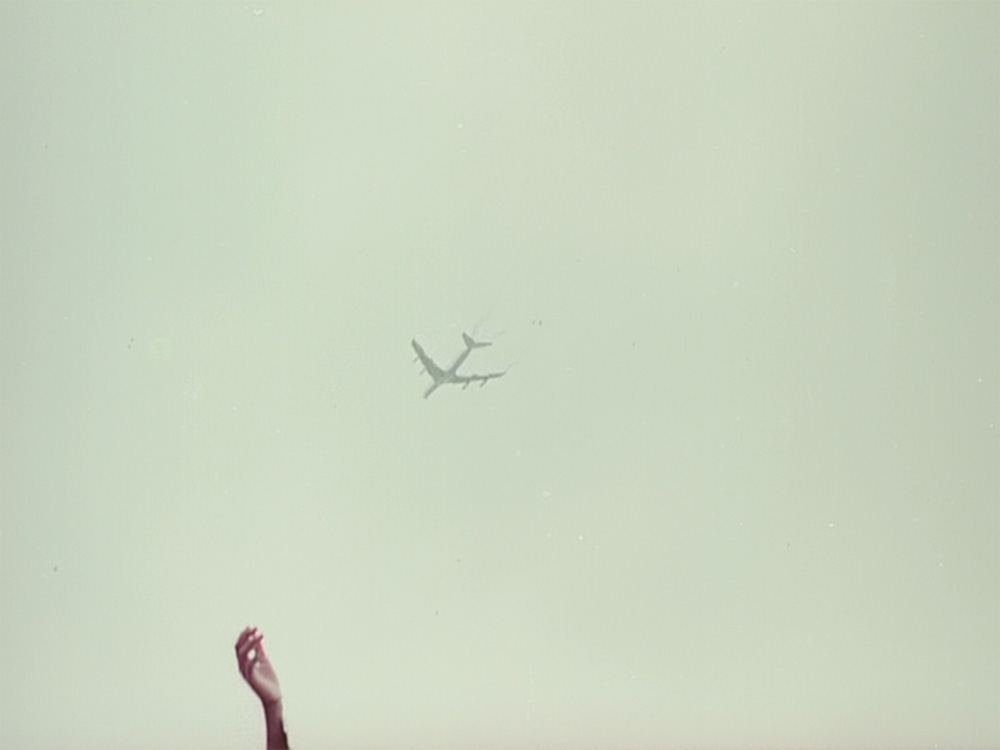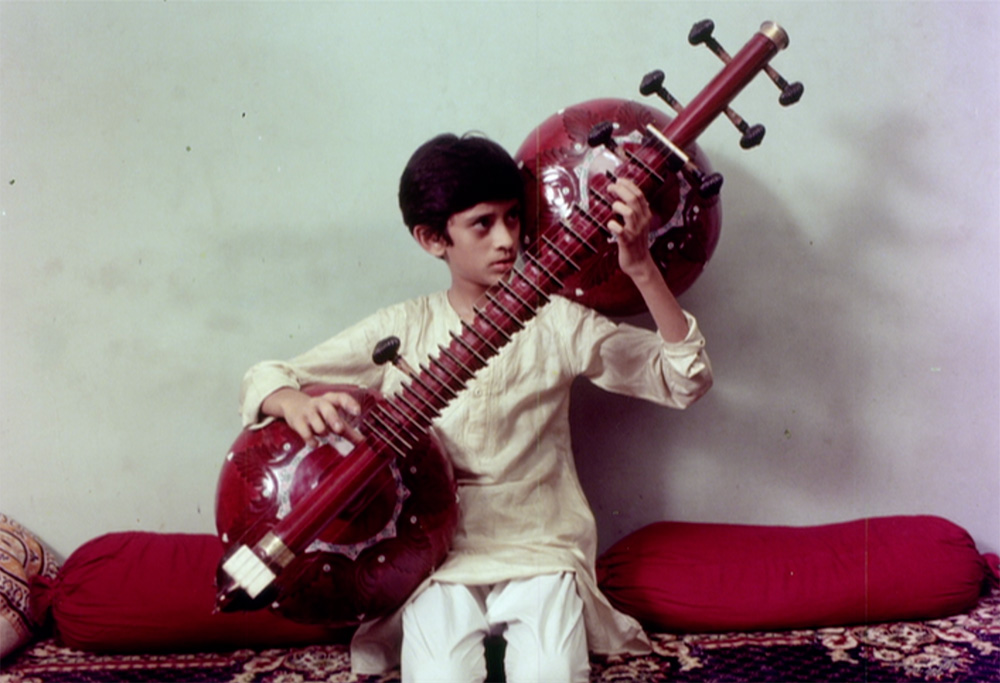Arrival

A vigorous portrait of Bombay and its markets, where vegetables, animals, and migrant workers converge, and where capitalism seeks to transform all into commodities. To film historian B.D. Garga, Arrival seemed “remarkable for its searing imagery (the abattoir sequence strangely reminiscent of Georges Franju’s Le sang des bêtes) and contrapuntal sound track.”
New digital reconstruction by cinematographer Avijit Mukul Kishore and sound recordist Madhu Apsara, overseen by Ashish Rajadhyaksha.
Dhrupad

Kaul’s documentary on Dhrupad, the famous North Indian form of classical music. Its foremost living practitioners are members of the Dagar family. The film features the director’s own music teachers, Zia Mohiuddin Dagar on the rudra veena and his younger brother Fariduddin Dagar as vocalist. The film attempts to explore the musical form through the cinematic orchestration of space and light. It includes sequences suggesting Dhrupad’s tribal musical origins and some remarkable scenes in Jaipur’s Jantar Mantar observatory. The bravura ending has a long shot descending from the sky into the urban metropolis, weaving through concrete rooftops as the camera pulls slowly out of focus. (Ashish Rajadhyaksha, Paul Willemen)
“In Dhrupad, I tried to give a straightforward introduction to the music of the two musicians you see in the film. It is music without notation. In a sense, it is not even possible to notate this music; it is too complex. There are continuously ascending and descending tones, and it is impossible to say that these tones follow this or that note. The tones are always traveling in the dissonant areas between notes. I was especially interested in how the Indian musicians transmit the tradition of their music orally. A student can study this music for years and never write a sentence in a notebook. You can only learn the music by continuously listening and practicing until you begin to elaborate it in your own way. The secret of the survival of the traditions of Indian music is deeply linked with opening the disposition of the disciple, the pupil.” (MK)
Hindi with English subtitles